Bright Ideas! Home Lighting Design Explained
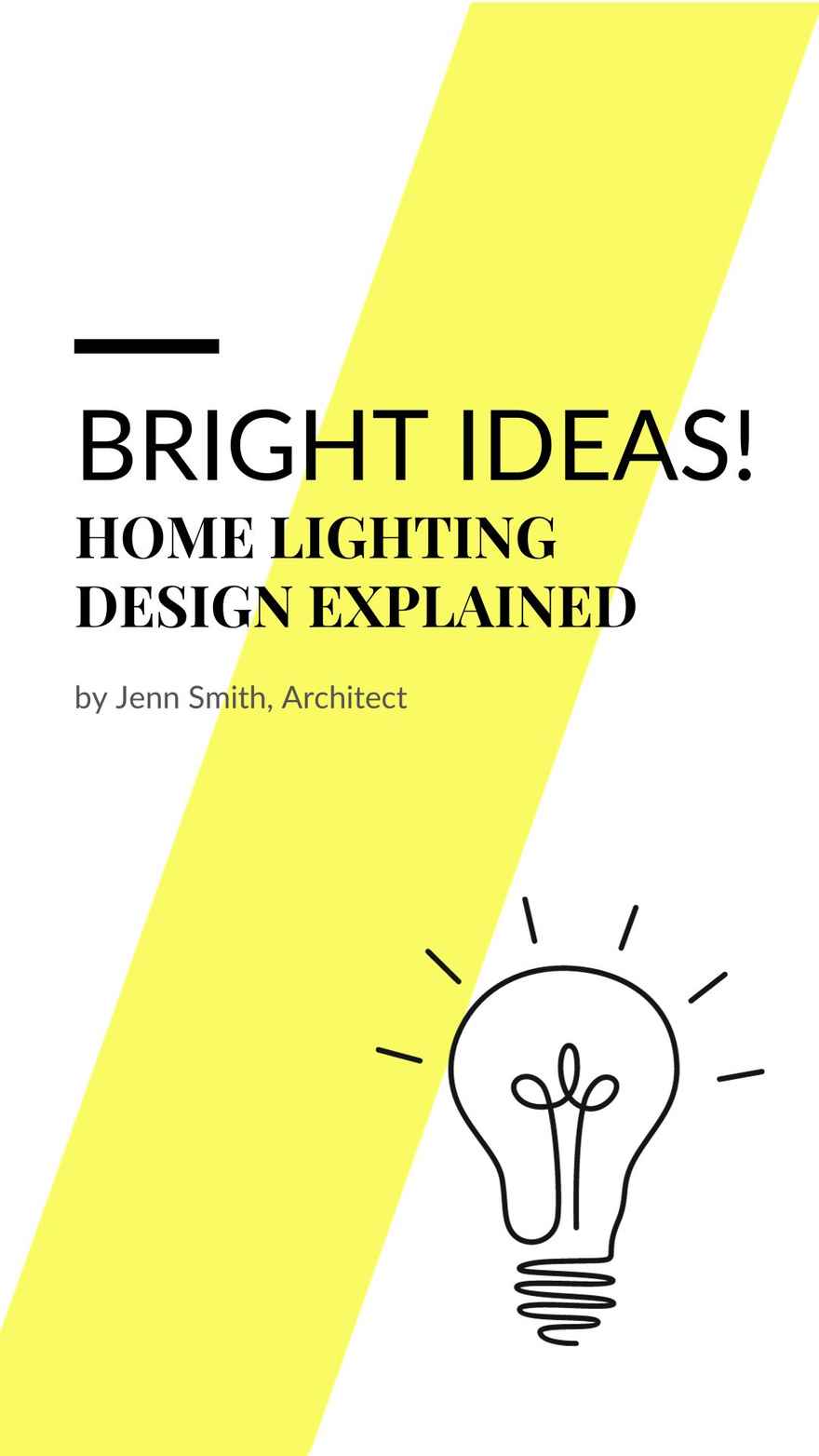
I'm sure many of you can relate to the frustration I've often felt as an architect when it comes to selecting the right light fixtures. At times, I've found myself blaming tight budgets or clients' particular tastes, but over the years, I've come to realize that lighting is a bit more challenging for me than other aspects of designing a home. This blog post aims to explore why lighting can be such a tricky aspect of the home build process, and in the spirit of collaboration, to collectively figure out how to make it more enjoyable and less time consuming.
I thoroughly searched the web to discover the most useful information, and I have condensed my findings below. Surprisingly, one of the most valuable resources for lighting guidance can be found in Wayfair's "Ideas & Advice" section on their website. Additionally, they offer a wide variety of lighting fixtures to choose from!
Let's begin! The first major challenge we face in lighting design is the overwhelming number of variables that come into play. Let's take a closer look at some of these variables:
- **Fixture Types**: There's a dizzying array of lighting fixtures on the market, from chandeliers to pendants, wall sconces, and recessed lights. Each fixture type has its unique attributes and purposes in the way it lights up your home: ambient, accent, and task lighting.
- **Bulb Types**: Once we've settled on a fixture, there's still the matter of purchasing the correct light bulb. With incandescent, LED, CFL, and halogen, each with different characteristics, it can be challenging to make the right choice. Not to mention, lumens vs. wattage and what that means for light levels.
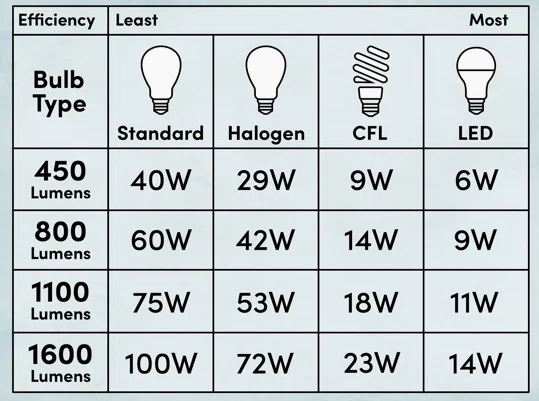
- **Lighting Temperatures**: The color temperature of lighting can significantly impact the atmosphere of a space. Deciding between warm and cool light can be difficult, especially when trying to match it with the room's function and style.
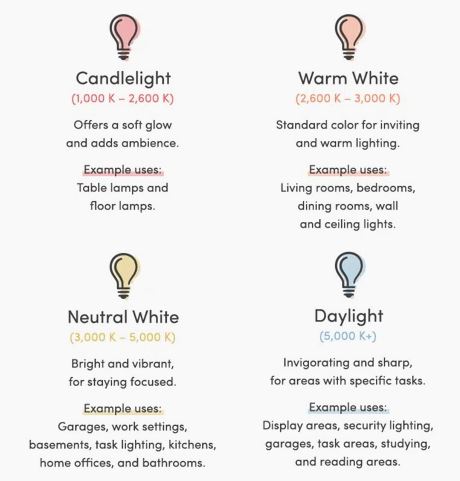
- **Mounting Heights**: The height at which fixtures are mounted plays a crucial role in achieving the desired lighting effect. For instance, pendant lights over a dining table must be hung at the right height to illuminate the area without causing glare. Below are the recommendations I found online:
Dining Room & Kitchen Island: The bottom of the fixture should be 30" - 36" from the top of the surface it's mounted above.
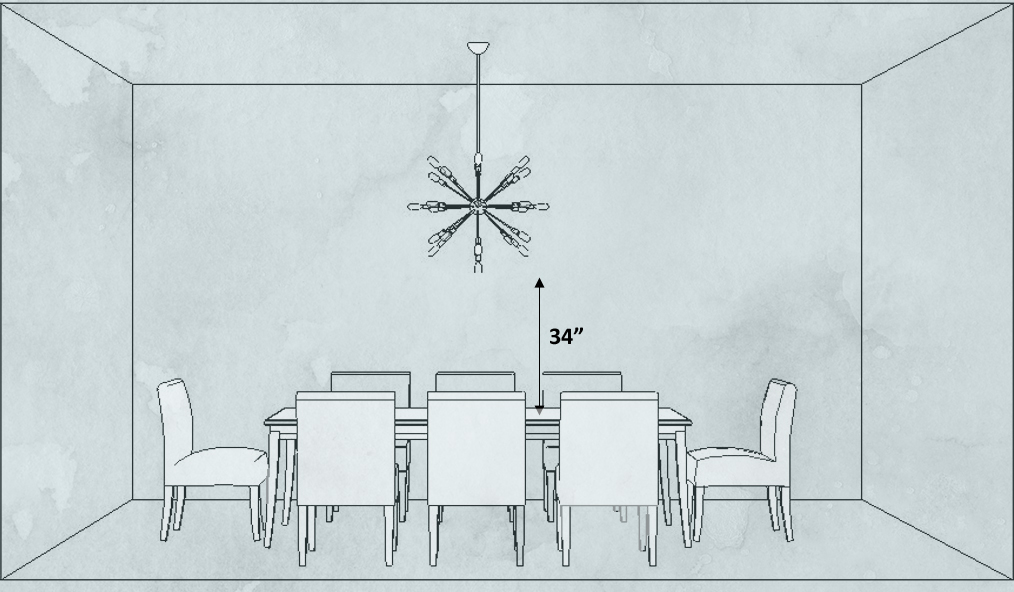
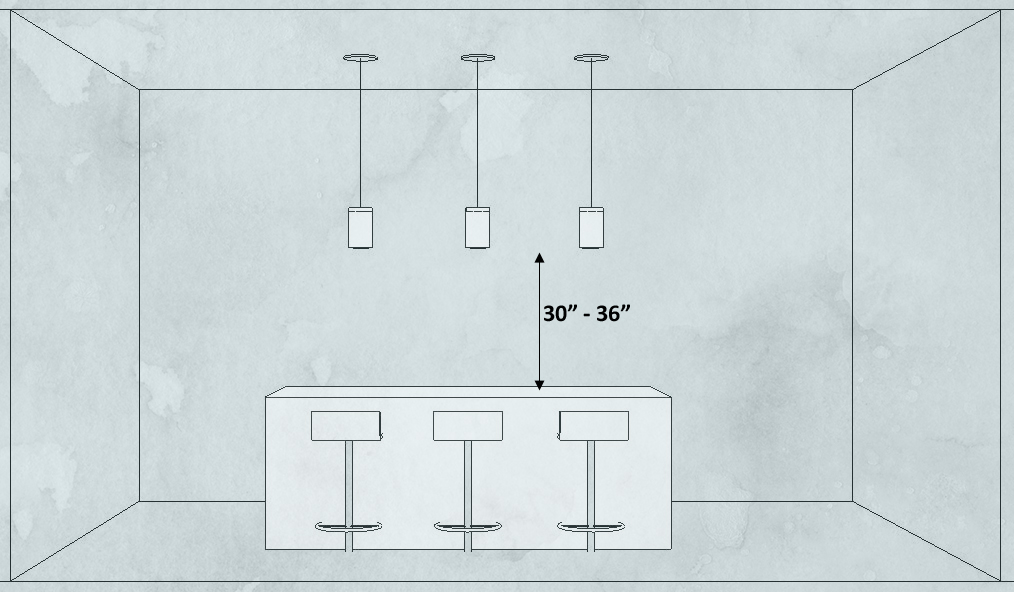
Entryway, Bedroom, and Living Room: Always have a minimum clearance of 7'-0" and if your ceiling is 10' or taller, try to hang the fixture so the bottom is 1/3 the total height of the space below the ceiling.
So if your ceiling height is 12'-0" (1/3 of 12-ft. is 4-ft.) so the bottom of your fixture is at 8'-0". If your ceiling height is 15-ft, the bottom of the fixture is at 10'-0".
Bathrooms: Mount your vanity light 6"-12" above your mirror.
- **Proportion Based on Room Characteristics**: Achieving the right proportion of fixtures for a room's size, shape, and ceiling height is a delicate balance. What works in one space may look out of place in another due to these differences.
I read that to determine your fixture size you should add your room dimensions in feet and the fixture size is that number in inches.
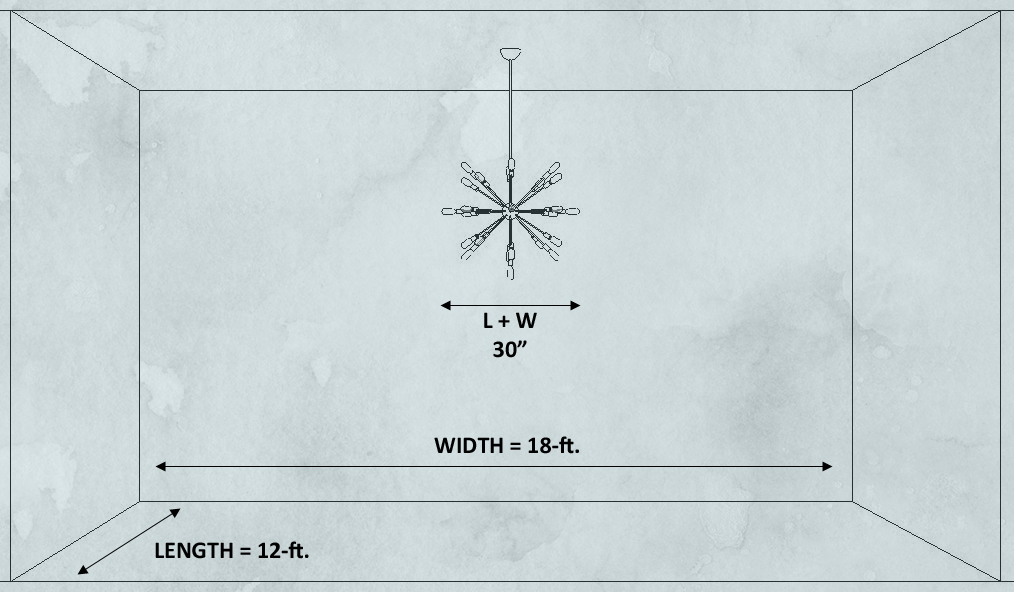
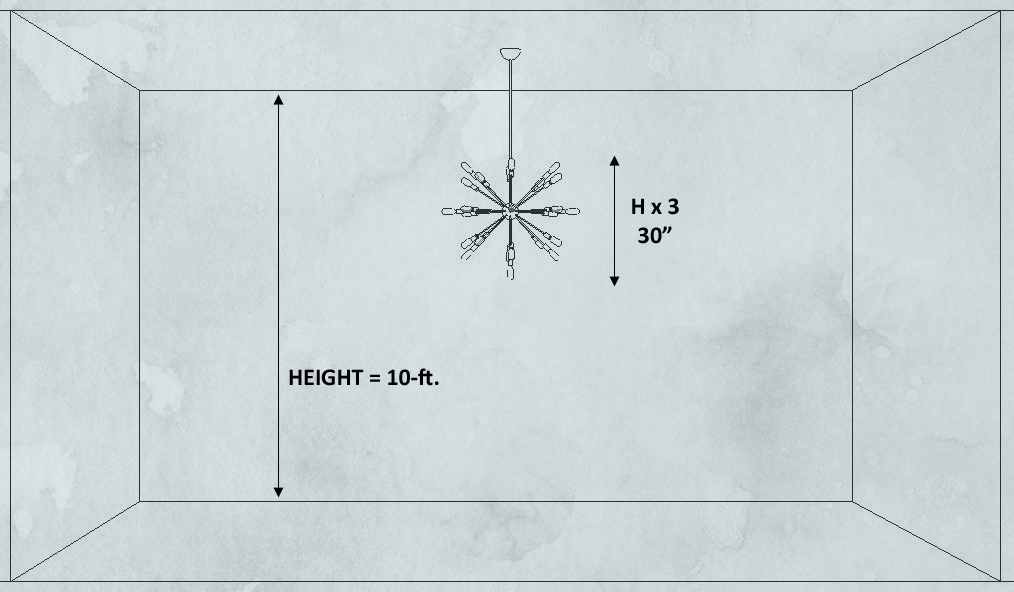
So if you have an 12' x 18' room, you add them together (L+W) 12+18 to get 30". So the perfect sized fixture for your space is close to 30" in width.
For fixture height you multiply the ceiling height times 3 (Hx3), for a 10' ceiling your fixture is 30" tall (10x3=30).
Now that we've identified these variables, it's clear that tackling lighting design requires a thoughtful and systematic approach. Here are a few more important considerations to keep in mind:
- **UL Listed**: Look for the UL certification, which ensures that the product has undergone rigorous safety testing and is consumer-friendly and safe.
- **Damp/Wet Location Rating**: Check the location rating of the light fixture to determine where it can be safely installed:
- Dry-Location: Suitable for indoor use with little to no moisture exposure.
- Damp-Location: Designed for moist environments, like porches and patios, but not for direct water exposure.
- Wet-Location: Built to withstand direct water exposure and can be used both indoors and outdoors.
- **Other Features**: Consider the features of the ceiling light to meet your specific needs:
- Dimmable: Allows you to adjust the lighting to create the desired ambiance, save energy, and extend bulb life.
- Swag Light: Offers an elegant and sweeping look, often used when the electrical ceiling box location is not ideal.
- Sloped Ceiling Adaptable: Designed to fit sloped ceilings, ensuring the light shines straight down.
- Bulb Included: Conveniently includes the appropriate bulb, making it easier for you to purchase everything at once.
- LED Integrated: Features built-in LED technology, providing simplicity in installation but making upgrades and maintenance more challenging.
In conclusion, while lighting design can be a puzzle, it's a puzzle worth solving to create the perfect ambiance in your home. To make your journey smoother, here are some resources where you can find a wide range of light fixtures to suit your needs and style:
- **Local Lighting Stores**: Visit local lighting showrooms and stores to see fixtures in person and get expert guidance from knowledgeable staff. They will typically offer site visits to ensure your order reflects the needs of your specific project.
- **Specialty Lighting Retailers**: Explore online marketplaces like Build with Ferguson, Lamps Plus, and Shades of Light. I also love Rejuvenation and Barn Light.
- **Home Improvement Centers**: Places like Home Depot and Lowe's offer a variety of budget-friendly options.
- **Pinterest Search Trick**: When you find something you like, but it's out of your budget, I love using the search by image option on Pinterest. Just screenshot the fixture you want other options for and on the search bar select the camera. Then choose your image from your photos. From there it's just a matter of sorting through all the options available.
For me, remembering all this information and having it in one place is key to successful lighting design. Understanding your space, your needs, and your style come secondary to nuances of lighting design. Hopefully with these resources and the knowledge in place, we'll all be well-equipped to select the perfect light fixtures for our next project!
Happy Lighting!
0 comments
Leave a comment
Please log in or register to post a comment